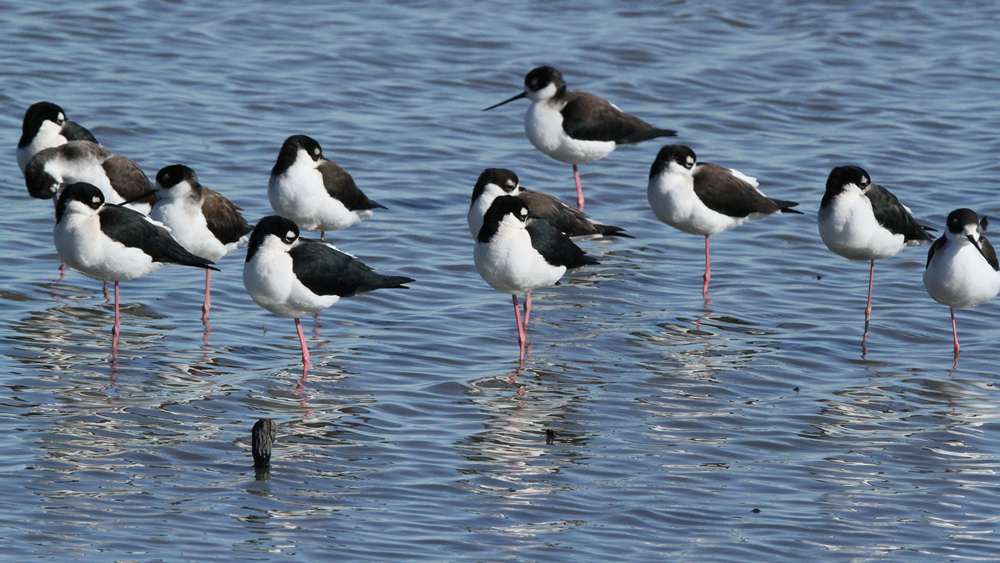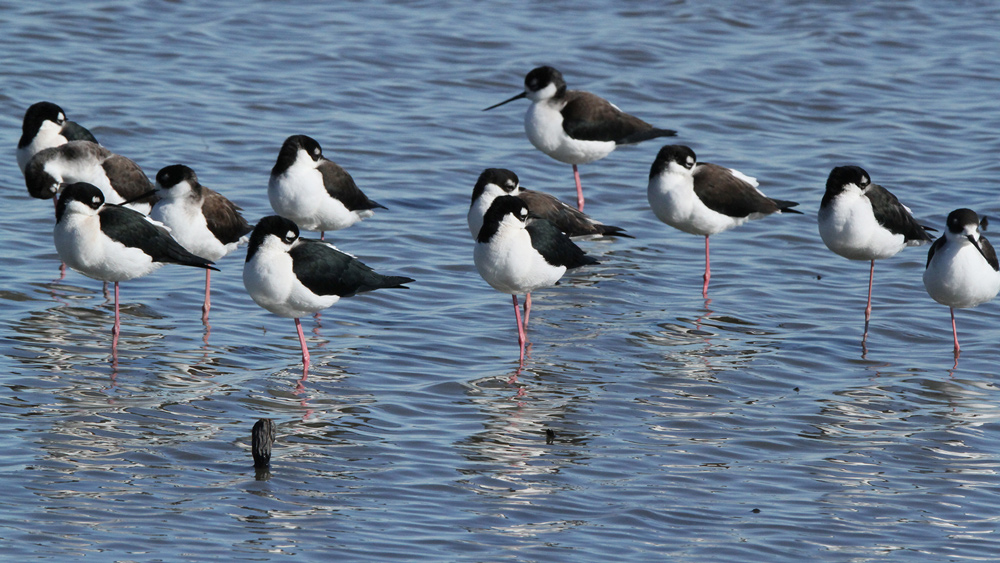[ad_1]

Birds at the Merced, California National Wildlife Refuge
Credit: Linda Gast/Sierra Sun Times
October 8, 2023 – The U.S. Fish and Wildlife Service encourages you to celebrate nature during National Wildlife Refuge Week, October 8-14, 2023. This special time is a chance to boost your health and enjoy the outdoors while experiencing the nation’s premier wildlife conservation network, the National Wildlife Refuge System. Founded in 1903, the system provides nature nearby to millions of Americans while conserving vital habitat for wildlife.
“National wildlife refuges are places that are so important to community health and the economy because they provide places where both wildlife and people can recharge and find respite. They are American treasures,” said Service Director Martha Williams. “National Wildlife Refuge Week is a great time for Americans to join us in celebrating and protecting the wonders of nature that can be found at a nearby .”
Increasing access to public lands and waters is a central component of President Biden’s America the Beautiful initiative. National wildlife refuges provide habitat for thousands of species and access recreation, from wildlife watching, photography, fishing, hunting and walking in nature.
National Wildlife Refuge Week occurs yearly during the second full week of October. This year’s celebrations will kick off October 7 with Urban Wildlife Conservation Day. Admission is free October 8 at national wildlife refuges that normally charge an entrance fee. Nearly 500 national wildlife refuges and wetland management districts offer free admission year-round.
For the third year in a row, the Service will partner with the Public Lands Alliance to host over 40 free walking events at wildlife refuges across the country in celebration of Refuge Week. Register for a free event near you or walk virtually for all of America’s Wildlife Refuges.
“Every year, Refuge Week ‘Walk for the Wild’ events attract more families and friends to discover and appreciate the wonder of nature at their doorsteps and grow awareness and support for national wildlife refuges,” said Dan Puskar, president and CEO of the Public Lands Alliance. “Through our unique partnership with wildlife refuges and more than 45 refuge Friends groups, ‘Walk for the Wild’ helps thousands experience nature and enrich their lives.
There is a national wildlife refuge within an hour’s drive of most major metropolitan areas. More than 100 urban refuges and dozens of urban partnerships and migratory bird treaty cities are part of the Service’s Urban Wildlife Conservation Program, which seeks to connect the 80 percent of Americans who live in and near cities with vital access to nature. These programs work with communities to understand needs, clear barriers to participation, advance urban conservation, and strengthen communities by improving access to green space, environmental education and outdoor recreation.
The Refuge System is an unparalleled wildlife conservation network of 568 national wildlife refuges and 38 wetland management districts. The Refuge System offers many healthful outdoor activities including fishing, wildlife viewing and wildlife photography while providing vital habitat for thousands of wildlife species, including many that would not likely have survived in the wild had it not been for refuge-led habitat restoration efforts. Whooping cranes, American crocodiles, California condors, manatees, sea turtles and American bald eagles are just some of the iconic species whose recovery has been bolstered by national wildlife refuges.
Refuge-led conservation efforts at places like Rocky Mountain Arsenal Refuge near Denver have generated a resurgence of wildlife viewing opportunities, supporting such iconic species as bald eagles, bison and black-footed ferrets within view of the city skyline. Tidal marsh restorations in San Francisco Bay and Willapa Bay in Washington provide new feeding and rearing areas for salmon and migratory birds, while also benefitting local communities through reduced flood risk, improved water quality and increased access to recreational trails.
National wildlife refuges contribute $3.2 billion per year into local economies and support more than 41,000 jobs, according to the Service’s report Banking on Nature. Visits to refuges have doubled in the last 10 years, reaching 67 million visits in 2022. National wildlife refuges also make life better by conserving wildlife, protecting against erosion and flooding and purifying our air and water.
Learn more about this year’s celebration, including virtual and in-person events by visiting: https://fws.gov/events.
Source: USFWS
[ad_2]
